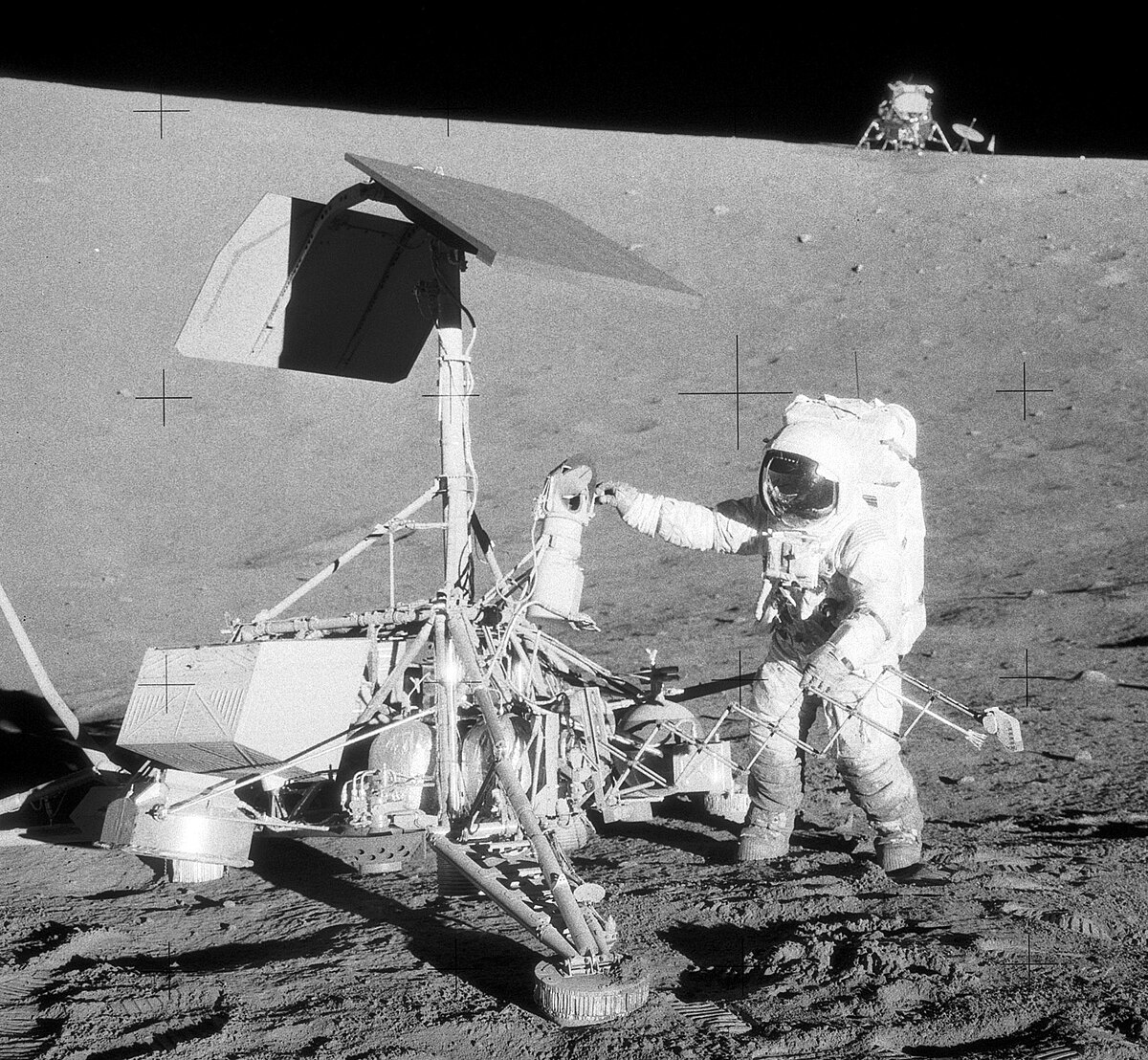Conspiracy theories
Collapse
X
-
Comment
-
Comment
-
Comment
-
Actually, more companies now are increasing their profits by increasing service parts and maintenance.In many cases we have been forced into the throw away model of consumption, those that make the products. Shure you can fix your gizmo, but when the replacment part cost 2/3's or more of the price of a brand new item, and you have no idea what or when the next part may fail, that choice becomes easy, bite the bullet and buy new.
The trem you are looking for is planed obsolescence
Obviously everything thinks about how often people replace their cell phones and some people can have the mentality to buy new, even if the old isn't broken... but considering I flew on an airplane that hasn't been produced in over a decade but had been upgraded with wifi (MD80), some companies find value in servicing and keeping products. The automakers enjoying high profitability also have much of their cars in the last two decades still on the road and people still buying parts. (Toyota and Subaru advertise that, as well as obviously BMW supports its legacy products well) The planned obsolescence seen in the Big 3, or rather their lack of care to make sure the cars would make it far past 100K miles is kicking them now, although they may eventually have a stronger service fleet. (It still is a considerable portion of their overall profits) The average age of cars on the road is 11 years and we all know the used part prices.
http://www.fleetbusiness.com/pdf/DD7.pdf Canadian data, but still interesting.
And that's just consumer vehicles. Consider at what point you would scrap a Caterpillar piece of machinery, or Deere combine / tractor. Maybe you upgrade but that likely remains in the system, and the manufacturer keeps making service parts (hopefully). There's huge warehousing and part networks to keep those fleets working.96.8% of Porsches sold in the last 25 years are still registered
87.8% of BMW (1/3 in 21-25 year old range, 2/3 in 16-20, 90%+ since then)
Compare that to Toyota when looking back to 25 years is only 72.0%
Or look at Patagonia:Originally posted by D&T LinkCaterpillar Inc. is a master of the service game, with an inventory of more than half a million spare part numbers and a huge worldwide installed base of earthmovers, engines, excavators, and other equipment that in some cases needs service for 40 years or more. Yet Cat can ship its customers exactly what they want within 24 hours, 99.7 percent of the time.

Manufacturing costs are very transparent (and competitive) on new products, but service contracts and parts can be lucrative. As long as consumers can have the self-esteem to maintain aged products, more companies ought to support them as profits to service can outweigh profits from selling new. But why am I talking about how not everyone is stuck on new-new-new on an E30 forum - that shit is obvious as we are focused on 20+ year old cars.Last edited by rwh11385; 10-10-2012, 08:53 PM.Comment





Comment